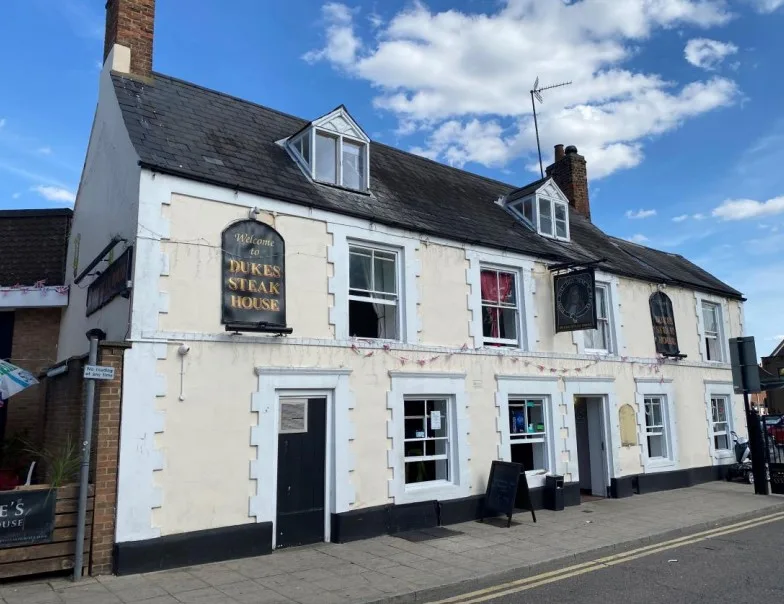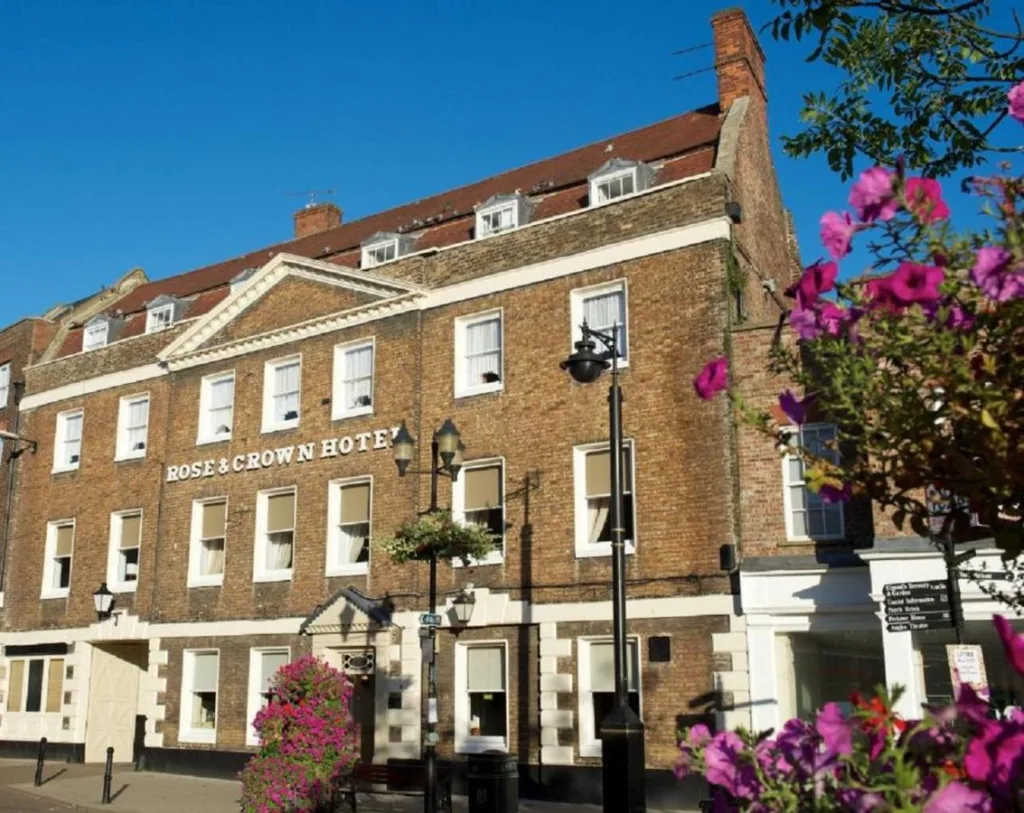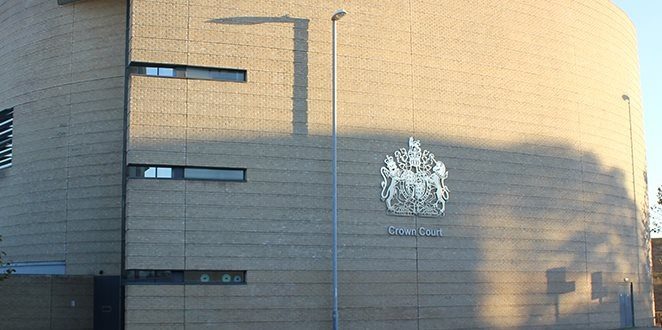Fenland District Council has been offered a second opinion after the first report from a conservation officer disliked two applications for changes to a Wisbech public house and a part retrospective bid to create a beer garden.
The council, however, says it did not commission either report.
“The applicant (via the agent) submitted a revised heritage statement as the original one submitted was deficient,” said a council spokesperson.
“There was no cost to council.
“The council has incurred no cost other than that associated with reviewing the revised submitted information. This is a typical incurred ‘cost’ when looking at any revised submission material.”
The spokesperson added: “There might be some slight confusion as at the start of the application process our conservation officer post was vacant and we had loan of the officer at East Cambs.
“He commented on the application initially but now our vacant post has been filled and he is now commenting on the application.”
Chris Partrick, conservation officer for East Cambridgeshire District Council, produced his report on May 2, suggesting that any alteration to a heritage asset – in this instance the Grade II listed Duke’s Head in Church Terrace – should require “clear and convincing justification
“The Duke’s Head occupies the southernmost angle of a roughly triangle block which has been almost entirely given over to C20 post war redevelopment,” he said.
“However, its immediate neighbour to the north, a 1970s shop, made at least some effort to acknowledge its content and its façade was set back to give primacy to the pub”.
Mr Partrick claimed the applicant’s heritage assessment had failed to meet the national planning policy framework.
“There is insufficient information on the fabric to be lost or justification for the harm involved (the triangular area north of the pub already operates as a beer ‘garden’ without any direct physical link and no floor plan has been provided to illustrate alternatives).
“Secondly the proposal to enclose this area with a 2m solid fence on the back-of-pavement line is detrimental to the streetscape and the setting of adjoining heritage assets.
“A timber fence is out-of-keeping in an urban street frontage by default and its hostile, defensive character does not make a positive contribution to the area.”
He added: “Its main function seems to be to hide a utilitarian flat roofed smoking shelter, but a better design would not require screening in the first place. Recommendation: Objection, Chris Partrick BA(Hons) PGDip PGCert IHBC conservation consultant.”
The application is for change of use of land to form a pub garden and erect a gate (0.91m high max), a timber canopy and timber planters (part retrospective).
The application has been made by the pub’s tenant Cllr Shahid Rafique through his company Adam Amiras Ltd, although the freeholder is another local councillor, Cllr Sidney Imafidon.
Fenland Council now has a second report, dated May 30, 2023, to consider, with input from Sam Falco, principal historic built environment officer at Peterborough City Council, who has, one assumes, now also conservation officer for Fenland Council.
Oddly he copied a massive chunk of the initial assessment made by his East Cambs colleague, even agreeing that the heritage assessment lacks detail.
But then he reports on his visit to the Duke’s Head, and the tone of his more extensive report softens, although not before raising a professional eyebrow the “cementitious render finish” to an external wall.
“I can see the benefit of creating a doorway for the pub and its newly associated beer garden,” he says.
It would obviate the “current issue of customers and staff needing to navigate a convoluted route along an often-busy pavement.
“Whilst there will be some loss of fabric, the aforementioned wall has been rendered in unsympathetic materials on both sides and offers little by way of significance on its own.
“This element is supported provided that the new door is timber and match the existing front door as proposed. “
Mr Falco said: “The day I visited; the beer garden had many customers enjoying the sunshine.
“It offers customers a great view of the Grade I listed church opposite and in return the beer garden was considered to add vitality and footfall to the area.
“The currently unauthorised planters are on balance supported.
“They are not of the best quality of appearance, but successfully create a delineation of public and private space and are low enough to retain views of the gable end of the listed building and a relationship between the beer garden and the street.
“This element is supported.”
Reflecting on modifications to the application he said the previous proposal to enclose the majority of this newly created beer garden with a 2m fence on the back-of-pavement line was “entirely detrimental to the streetscape and the setting of adjoining heritage assets.
“The vitality that a beer garden open to the street provides, would have been entirely lost and replaced with a barren and hostile timber fence of defensive appearance, would have impacted detrimentally on the setting of the Grade II listed pub, the Grade I listed church opposite and the character and appearance of the Wisbech Conservation Area.
“It is positive to see this element deleted from the proposal. Following the removal of the fence enclosing the canopy, this leaves just the proposed timber canopy supported on timber posts.”
He said: “The canopy is shown to be no taller than the modern wall as it is shown to be using the wall for support. This will ensure the upper gable wall of the listed building remains visible and appreciated.
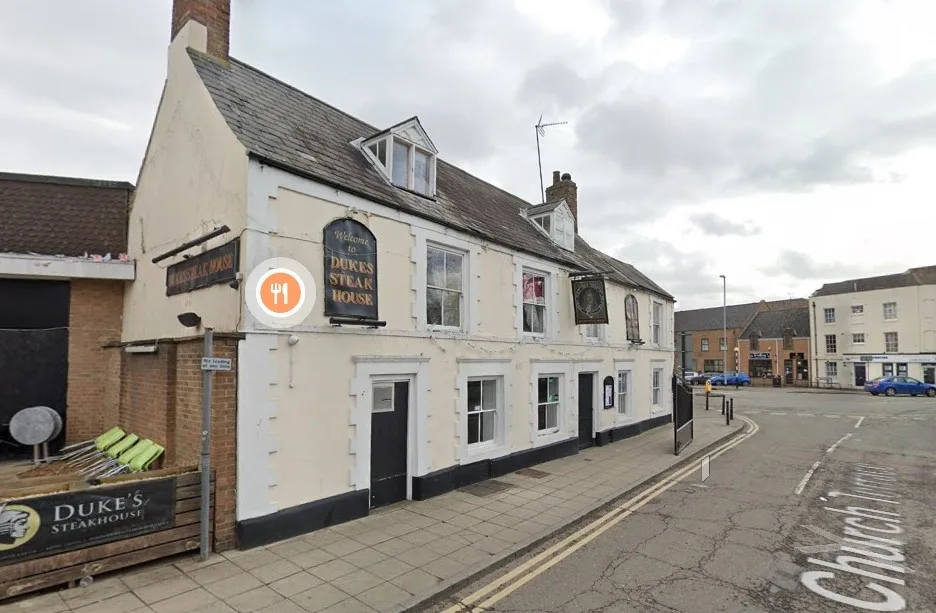
“Care needs to be taken not to send rainwater collected by the canopy between the modern wall and the building gable end as it will exacerbate damp issues.
“Although there is on balance support for a canopy, I consider that the existing canopy is too large in footprint.
“The canopy should be set back from the footpath a small distance to allow it to recess and should be reduced to give a greater area of outside garden space, which will look less dominant within the setting of the surrounding heritage assets and also offer a greater area for customers to enjoy good weather.”
Mr Falco concluded: “This could be achieved by running the outer edge of the canopy parallel with the gable end of the pub as shown in red below.
“If the case officer is minded to approve this application, a condition should be appended to preclude the enclosure of the open canopy sides in perpetuity. Recommendation: Reduce area of canopy.”
Cllr Rafique used local agents Peter Humphrey Associates to prepare his application with a ‘heritage impact statement and schedule of works’.
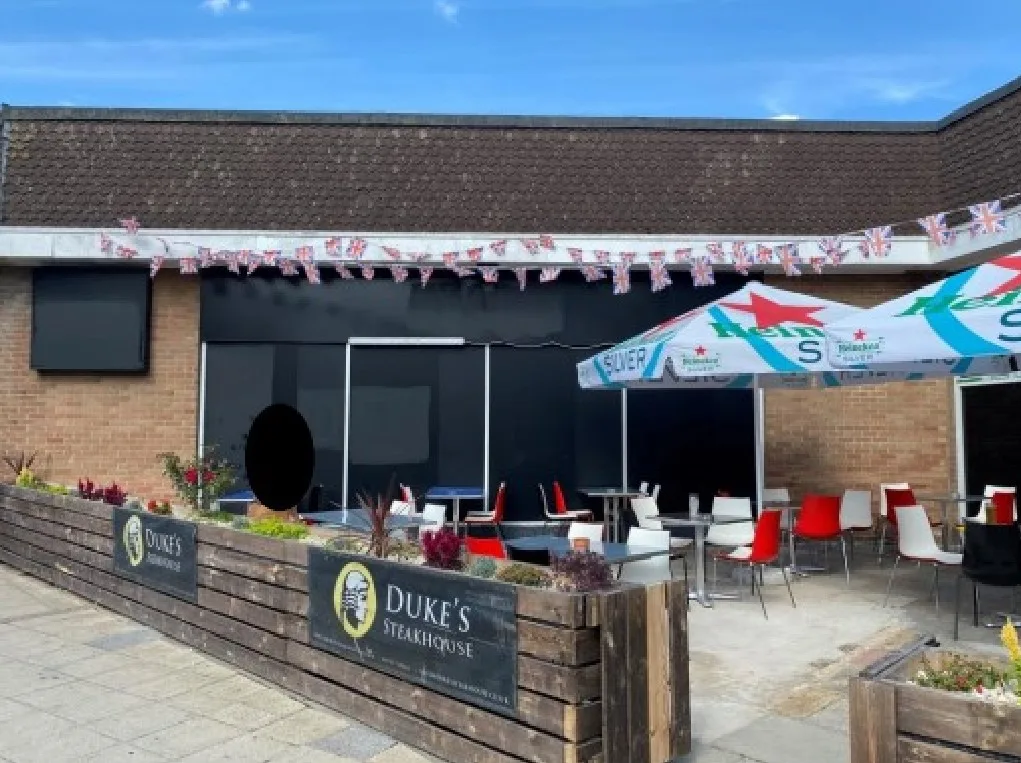
Humphrey Associates described it as a “lightweight development that creates little intrusive development to the listed building and character of the area”.
The company said the proposed garden works “are to alter a modern landscaped area removing any historic interest relating to the pub and currently holding no architectural merit. Therefore, the proposed works do not harm the setting”.
Installation of a door “would not impact the internal setting nor damage important architectural features”.
Humphrey Associates added: “The public benefit of having the facilities and intervention positively outweighs impact.”
Cllr Rafique was at a planning committee of Wisbech town council when both applications were approved; town clerk Terry Jordan said the declaration of a non-pecuniary interest in two planning applications was recorded.
“The nature and extent of a declarable interest is a matter for a councillor to decide,” when asked if it should have been a pecuniary interest declared instead.
Fenland Council has had the application since February but because of amendments has not yet reached a determination.



